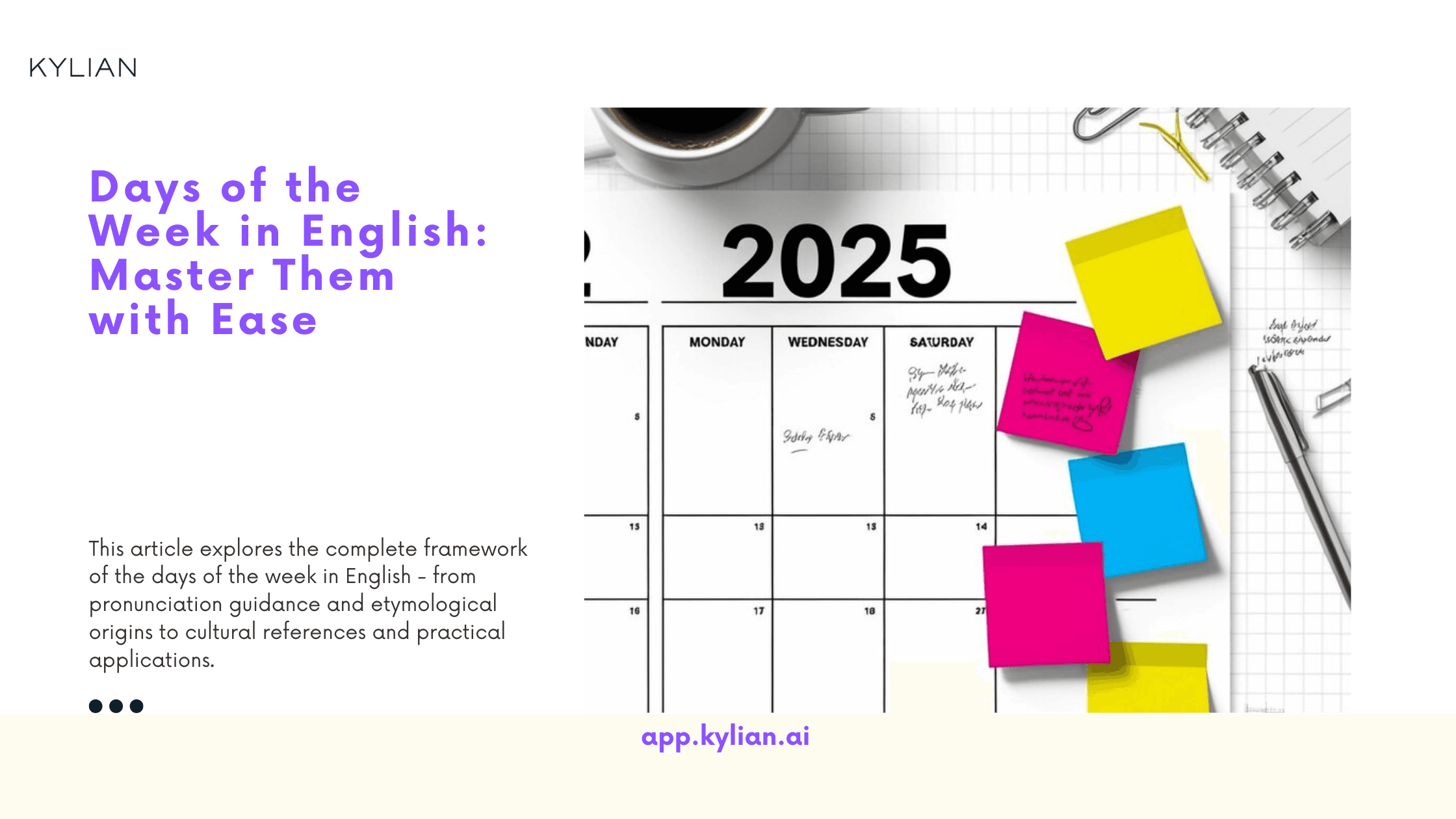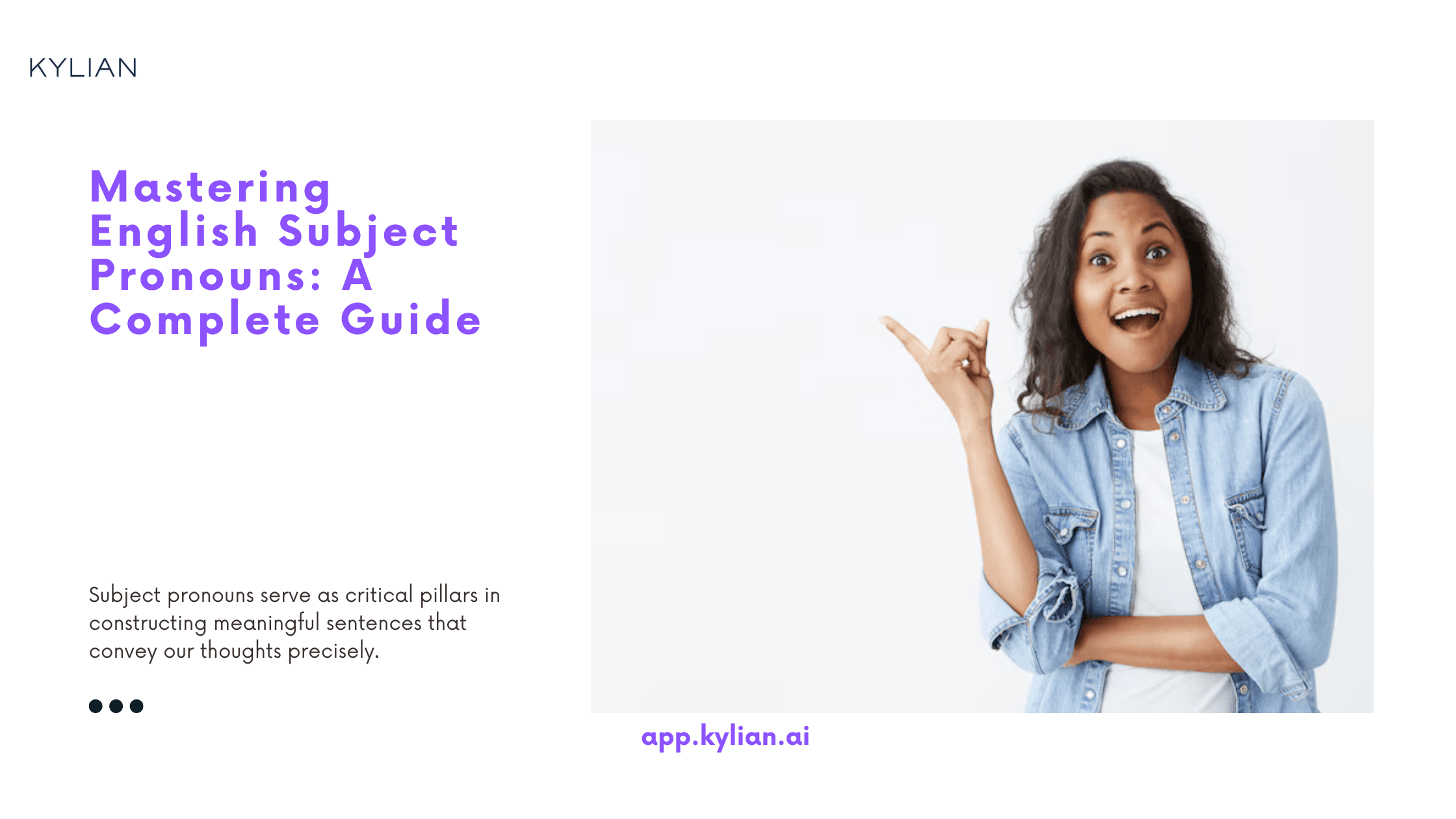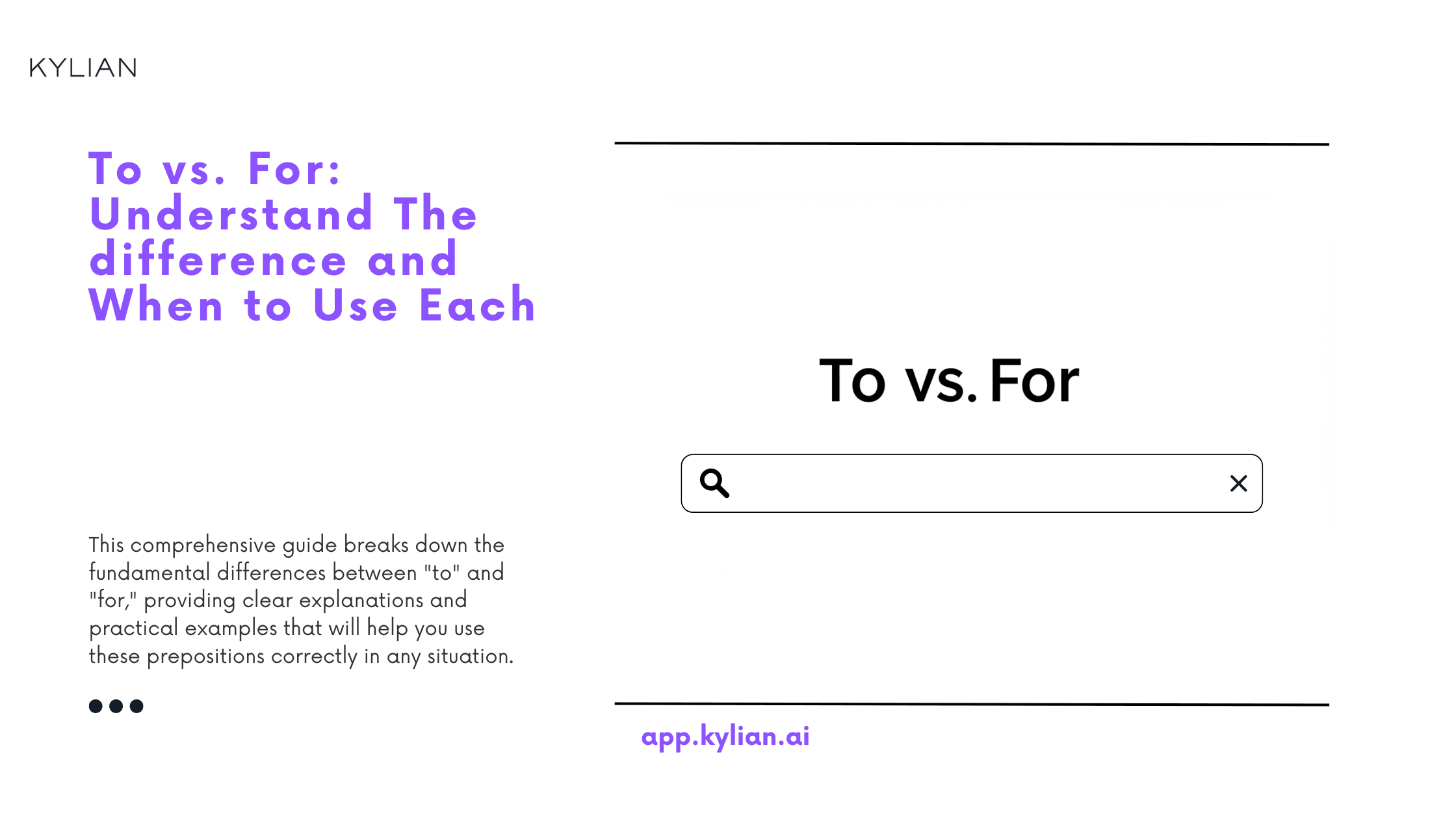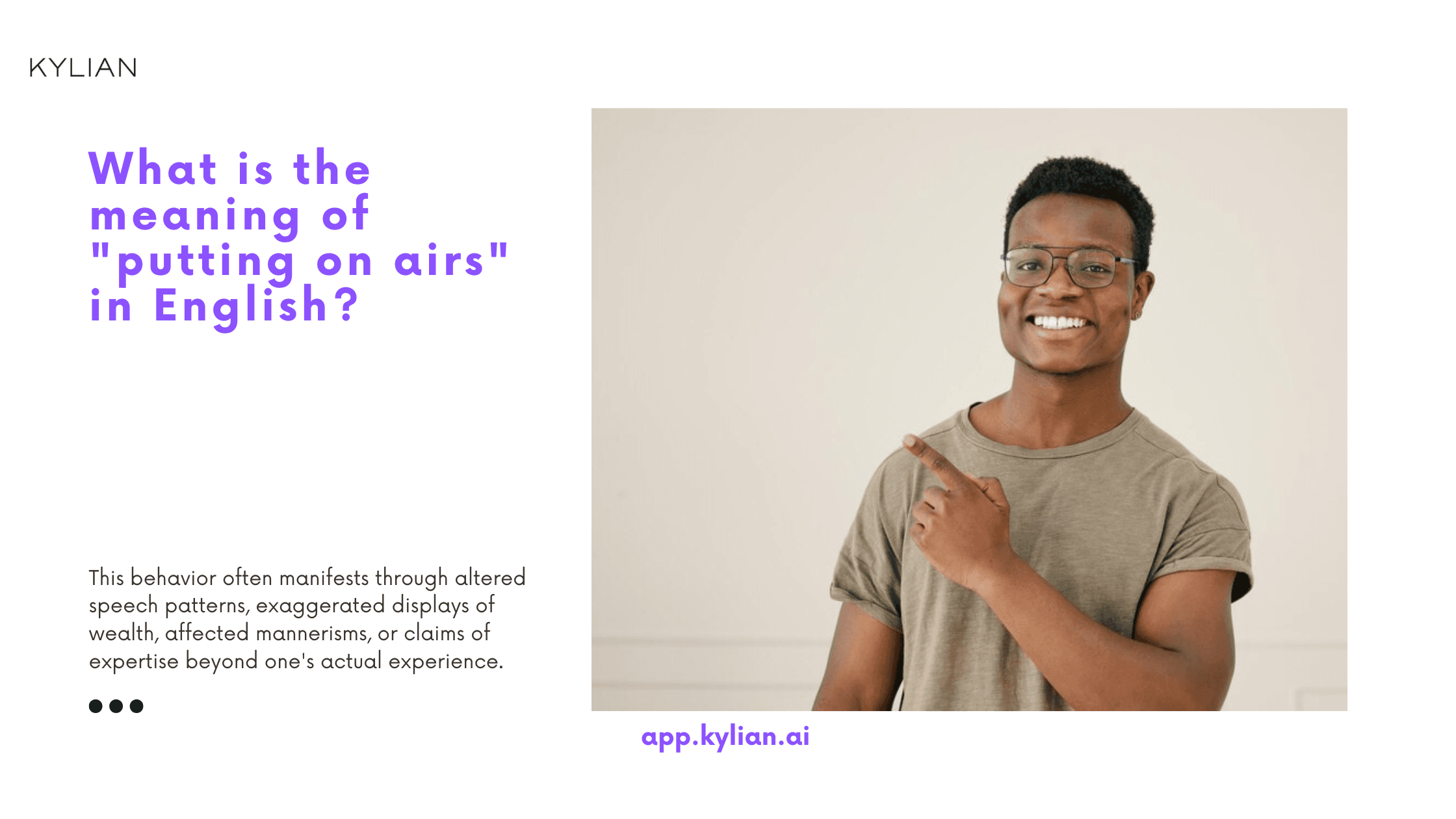

23 Must-Know German Idioms to Enhance Your German Vocabulary
Learning a language goes beyond memorizing vocabulary and grammar rules. The real mastery comes from understanding the cultural nuances expressed through idioms and colloquial expressions. German, with its rich linguistic heritage, offers a treasure trove of idioms that not only add color to your speech but also provide insights into German cultural thinking.


How to Tell Time in Italian: A Complete Guide
Mastering how to tell time in Italian is fundamental for anyone planning to visit Italy or wanting to become fluent in the language. Whether you're scheduling a dinner with friends, booking a medical appointment, or catching a train, knowing the correct time expressions will help you navigate daily life smoothly in Italy. This comprehensive guide will walk you through everything you need to know about Italian time expressions, from basic phrases to idiomatic expressions that will make you sound like a native speaker.


How to Write Heartfelt Christmas and New Year greetings
The holiday season brings with it the cherished tradition of sending Christmas cards. Whether you're reaching out to family members, close friends, or professional connections, finding the right words can sometimes feel challenging. This comprehensive guide offers thoughtful message examples and practical tips to help you craft meaningful holiday greetings that resonate with recipients.


Days of the Week in English: Master Them with Ease
Learning the days of the week represents one of the fundamental building blocks of English language acquisition. Far from being mere calendar terms, these seven words serve as critical anchors for social coordination, professional communication, and cultural understanding. They interweave through daily conversations, music lyrics, business communications, and countless idiomatic expressions. This article explores the complete framework of the days of the week in English - from pronunciation guidance and etymological origins to cultural references and practical applications. By mastering these essential time markers, language learners gain a powerful tool for navigating English-speaking environments with confidence and precision.


Mastering English Subject Pronouns: A Complete Guide
Effective communication in English hinges on understanding its fundamental building blocks. Subject pronouns serve as critical pillars in constructing meaningful sentences that convey our thoughts precisely. For language learners and those refining their grammar skills, mastering these pronouns transforms basic communication into nuanced expression. Subject pronouns might appear straightforward, but their proper application requires attention to context, number, gender, and perspective. Misusing them can drastically alter meaning or create confusion in both written and spoken English.


Master Spanish Adjectives for Describing Personality Traits
Effective communication depends on precision. Consider the difference between "Carlos es bueno" (Carlos is good) and "Carlos es responsable, generoso y paciente" (Carlos is responsible, generous, and patient). The first description offers minimal insight, while the second creates a vivid character portrait. Mastering personality adjectives in Spanish elevates your conversational abilities from basic exchanges to meaningful dialogues. This guide explores the essential Spanish vocabulary for describing personality traits, providing you with the linguistic tools to express nuanced character descriptions with confidence and accuracy.


Key Chinese Measure Words: Know It All
Mastering Chinese measure words represents a crucial step toward genuine language proficiency. Unlike English, where we simply say "two books" or "three cars," Chinese grammar demands specific classifiers between numbers and nouns. This structural difference creates both a challenge and an opportunity for language learners to develop deeper linguistic intuition.


Discover The Top U.S. Cities Where Teachers Thrive
Teacher shortages plague American education. Burnout intensifies. Compensation lags behind inflation. Yet amidst these challenges, certain cities have cultivated environments where educators flourish. By analyzing five critical factors—income and living conditions, student achievement metrics, educational infrastructure, career sustainability, and community backing—we've identified metropolitan areas that prioritize their teachers' wellbeing.


Most Annoying Corporate Jargon Revealed in A Study
The average professional spends approximately one-third of their waking hours at work—often more time than they dedicate to sleep or socializing with family and friends. This substantial time investment naturally fosters unique linguistic ecosystems within organizations, complete with their own vocabularies, expressions, and communication patterns. Corporate jargon serves dual purposes: it can streamline complex concepts for efficiency and foster team cohesion. However, it frequently crosses the fine line between useful shorthand and irritating buzzwords. So which expressions are reaching their expiration date, and which ones continue to dominate workplace communication in 2025? To answer these questions, we conducted a comprehensive survey of 1,002 professionals across industries to understand their perceptions of workplace terminology. The results illuminate not just which phrases professionals find most grating, but also reveal fascinating generational divides in language preferences.


To vs. For: Understand The difference and When to Use Each
Mastering prepositions represents one of the most challenging aspects of learning English. Even advanced English speakers sometimes struggle with selecting the appropriate preposition in various contexts. Among these prepositions, "to" and "for" frequently cause confusion because they both indicate relationships between elements in a sentence but serve distinctly different purposes. This comprehensive guide breaks down the fundamental differences between "to" and "for," providing clear explanations and practical examples that will help you use these prepositions correctly in any situation. Understanding these distinctions will significantly improve your English fluency and precision.


The 11 Best Apps to Learn Hebrew in 2025
Finding an effective Hebrew learning app requires understanding the specific features, costs, and benefits that align with your learning style. After assessing numerous platforms, I've identified the ten most effective Hebrew learning applications that deliver measurable results.


12 Best Apps to Learn Thai in 2025: A Comparative Analysis
Thai language learning has evolved beyond traditional textbooks. With Thailand's growing economic importance and tourism industry, mastering Thai offers genuine advantages for professionals, travelers, and culture enthusiasts. The right digital tool can significantly accelerate your progress compared to conventional methods. This analysis examines the most effective Thai language learning applications of 2025, evaluating their methodologies, pricing structures, and optimal use cases to help you select the platform that aligns with your specific learning requirements.


Halved vs. Halfed: Understanding the Correct Form in English
Language precision matters significantly when communicating complex ideas. The subtle distinctions between similar-sounding words often create confusion that impedes effective communication. One such linguistic challenge involves the past tense and past participle forms of "half" – specifically whether "halved" or "halfed" represents the correct usage. This distinction, while seemingly minor, carries substantial implications for clarity in both written and spoken English. The confusion stems from English's notoriously inconsistent verb conjugation patterns. Unlike languages with more standardized morphological rules, English contains numerous irregular verbs that don't follow the typical "-ed" past tense formation. Understanding whether "half" follows regular or irregular conjugation patterns is essential for maintaining grammatical precision. This comprehensive analysis examines the correct forms, pronunciation challenges, usage contexts, and practical applications of these terms across various English-speaking regions. By establishing clarity on this specific grammatical point, we enhance overall linguistic accuracy and communication effectiveness.


What is the meaning of "putting on airs" in English?
The English language thrives on idiomatic expressions that capture complex social behaviors in just a few words. "Putting on airs" stands as a particularly insightful phrase that has remained relevant across generations. Understanding this expression offers more than linguistic knowledge—it provides a lens into social dynamics and human behavior. This comprehensive exploration delves into what it means when someone is "putting on airs," how to recognize this behavior, and why mastering such expressions enhances both language proficiency and social awareness. Definition of "putting on airs" "Putting on airs" describes the act of behaving in an affected manner to appear more important, cultured, or sophisticated than one truly is. This expression targets the deliberate adoption of pretentious mannerisms or attitudes specifically designed to impress others or create an illusion of superiority. The phrase dissects a particular form of social deception—one where individuals manufacture a persona that projects higher status, greater refinement, or more extensive knowledge than they actually possess. What distinguishes this expression from similar concepts is the element of conscious performance and the underlying motivation to elevate one's social standing through artificial means. When someone puts on airs, they essentially construct a facade that misrepresents their authentic self, replacing genuine qualities with carefully crafted impressions meant to gain admiration or respect. This behavior often manifests through altered speech patterns, exaggerated displays of wealth, affected mannerisms, or claims of expertise beyond one's actual experience.


Here’s the Old-School Slang Americans Still Use
Language evolves constantly, but certain expressions endure across decades. From classic catchphrases to contemporary colloquialisms, slang provides a fascinating window into generational identity and cultural shifts. Recent data reveals surprising patterns in how Americans of all ages embrace, reject, or repurpose informal vocabulary.


Italian Future Tense: Complete Guide for Learners
Learning Italian demands attention to its verbal architecture, particularly the future tense – a grammatical structure pivotal to expressing forthcoming actions and possibilities. This guide examines the Italian future tense in granular detail, equipping learners with practical knowledge to navigate this essential aspect of Italian communication. Italian continues to attract language enthusiasts globally due to its melodic cadence and cultural significance. Whether your motivation stems from travel aspirations, academic pursuits, or intellectual curiosity, mastering Italian offers profound linguistic rewards. The future tense, specifically, unlocks the ability to discuss plans, possibilities, and predictions – a fundamental skill for meaningful conversation.


Japanese reading and writing: Master the 3 alphabets
Mastering Japanese requires understanding its three distinct writing systems. Each system serves specific purposes within the language, and when combined, they create one of the most complex yet elegant writing systems in existence. The total character count across these three systems reaches into the thousands—a daunting yet fascinating challenge for language learners.


Japanese Direction Phrases: Navigate Japan Like a Native
Navigating Japan's complex transportation networks and unfamiliar streets demands more than reliance on digital maps. When your phone battery dies or you venture into rural areas with limited English signage, knowing how to ask for directions in Japanese becomes invaluable. This practical knowledge transforms potential frustration into smooth interactions with locals who are typically eager to help.


22 Best Apps to Learn Korean in 2025
Learning Korean has become increasingly strategic for global citizens. Whether you're drawn to K-pop, Korean dramas, business opportunities, or cultural exploration, mastering this language opens doors to meaningful connections. The digital revolution has democratized Korean language education, but with countless applications available, identifying truly effective tools demands critical analysis. This guide evaluates the 21 most impactful Korean language applications based on pedagogical approach, feature effectiveness, user experience metrics, and value proposition. We'll examine how each platform addresses the four core language competencies—speaking, listening, reading, and writing—with particular attention to their handling of Hangul, the Korean writing system.


60 English Verbs for Beginners: Building Your Foundation
Learning English requires a strategic approach. When faced with thousands of words to memorize, knowing which ones to prioritize makes all the difference in your progress. Verbs—the action words that drive your sentences—form the backbone of effective communication. Master the right ones first, and you'll achieve conversational ability much faster.


Hard Pill to Swallow: Mastering This English Idiom
anguage evolves constantly, shaped by cultural shifts and communicative needs. Among the countless expressions that enrich English communication, idioms stand out for their ability to convey complex emotions and situations with remarkable efficiency. The phrase "hard pill to swallow" represents a particularly useful metaphorical tool in the English speaker's arsenal, appearing consistently across professional communications, literary works, and everyday conversations. This expression deserves careful examination not just for its frequency of use, but for the nuanced emotional and psychological weight it carries in communication. When we analyze why certain expressions persist while others fade, we find that those which efficiently capture universal human experiences—like reluctant acceptance of difficult truths—maintain their relevance across generations.


Common French Adverbs List: French Words You Need To Know
Language comes alive through its descriptors. Without adverbs like "rapidly," "never," or "exceptionally," our speech becomes flat and imprecise. This is especially true in French, where adverbs transform basic sentences into nuanced expressions of time, manner, and intensity. Consider the difference between "Elle parle" (She speaks) and "Elle parle couramment" (She speaks fluently). The addition of a single adverb brings specificity and color to communication. This guide provides a systematic approach to French adverbs, equipping you with the essential knowledge to use them effectively in conversation and writing.


37 Key HR English Terms Every Professional Should Know
The corporate landscape demands proficiency in specialized vocabularies. Among these, Human Resources terminology stands as particularly crucial for those navigating workplace dynamics and employment relationships. Professional success in HR requires mastering hundreds of field-specific terms that facilitate effective communication and operational excellence. The specialized vocabulary serves as both a communication framework and professional toolkit. For those finding the prospect of learning HR terminology challenging, this comprehensive guide offers a strategic starting point.


Key Travel English: Phrases to Know Before You Go
Knowing key English phrases can transform your travel experience, making it safer, smoother, and more enjoyable—even when visiting countries where English isn't the primary language. With English serving as a global lingua franca in tourism, hospitality, and international travel, having these communication tools at your disposal creates confidence and opens doors. Learning essential travel English before your trip isn't just practical—it's empowering. You'll navigate airports with ease, communicate effectively with accommodation staff, order meals confidently, and connect with locals in meaningful ways.